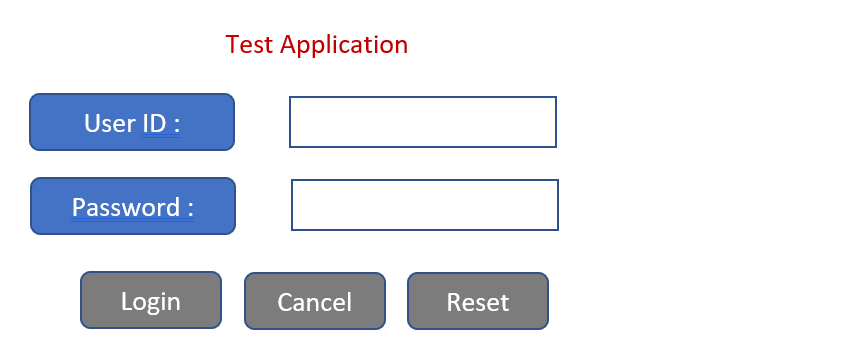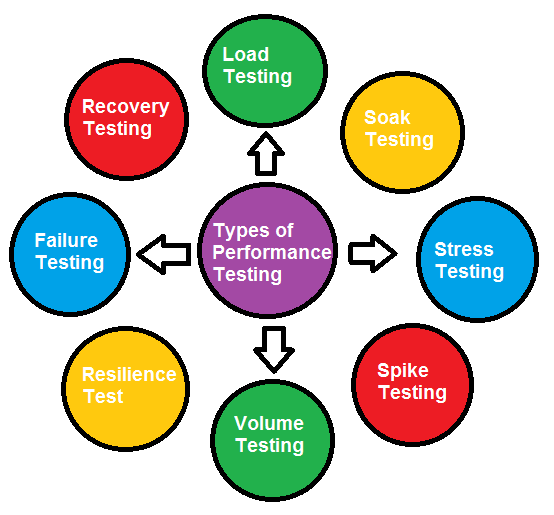What is Test Scenario? Template with Examples,Difference Between Test Scenario and Test Case
For Testers, Test Scenario is not new, but many testing professionals are still vague about this concept. So, what is a Test Scenario? Why we create it? How to create it? Is there any standard Test Scenario Template that can be used? What are some examples of Test Scenario?
What is Test Scenario?
Test Scenario is nothing but the function that can be tested. It is also called Test Condition or Test Possibility. A single Test Scenario can cover one or more Test Cases.
Test Scenario is ‘What to be tested’ and Test Case is ‘How to be tested’.
As a tester, you can put yourself as an end-user and find real situations and possible functionalities of the application being tested.

Difference Between Test Scenario & Test Case
| TEST CASE | TEST SCENARIO |
| Answer “How to Test” | Answer “What to Test” |
| Test case includes test case name, precondition, test steps, expected result, and the actual result | A test scenario is a high-level documentation which will be associated with multiple test cases |
| Execute a set of steps to validate the test scenario | Validate functionality of a software application |
| Hard to maintain due to more in numbers | Easy to maintain due to its high-level design |
| Derived from Test Scenarios | Derived from Use Cases or requirement documents like BRD, SRS |
| Low-level actions | High-level actions |
| Written by Testers | Written by Test Leads, BAs or Testers |
| Details test cases will require more time and resource | If the test scenario is not detailed, may take time to discuss and understand |
Why Write Test Scenarios?
Test Scenarios are created for the following reasons:
- To ensure the completion of test coverage.
- Validate that the software is working properly for each Use Case.
- Improve the User Experience.
- Identify the most important end-to-end transactions.
- Study the terminal function and help to build test cases
Who and When Write Test Scenarios?
Typically, Testers are the ones who are responsible for creating Test Scenarios. In case of some complex and critical applications like Banking Softwares, Business Analysts or Test Leads provide the Test Scenarios to Testers. But again depends, and vary from organization to organization.
As, Test Scenarios tell us what needs to be tested, therefore always written before test cases.
Steps to writing Test Scenarios:
As a tester, you can follow these five steps to create a test scenario:
- Go through all the requirement documents available like BRD, SRS, and FSD to understand the functionalities of the application to be tested.
- For each requirement, find out possible actions and goals of the user.
- List down all the possible functionalities/scenarios that need to consider for each requirement. (Test Scenarios Template is provided to download)
- Once all possible test scenarios are listed, create a Traceability Matrix to ensure that all requirements have a corresponding test scenario.
- Review the Test Scenario document and Traceability Matrix with Test Lead / Business Analyst
Sample Test Application:
Let’s take an example of a Login page of a Test Application:

Here we can see Login, Reset and Cancel buttons on the page which will perform the respected functions when clicked.
So below can be the possible Test Scenarios for it:

Here you can figure out the high-level Test Cases and provide the numbers AND/OR actual Test Case Names.

Conclusion:
I hope you understood everything about Test Scenarios and ready to create on your own.
Here is the Test Scenario Template you can refer to.
Download Template



